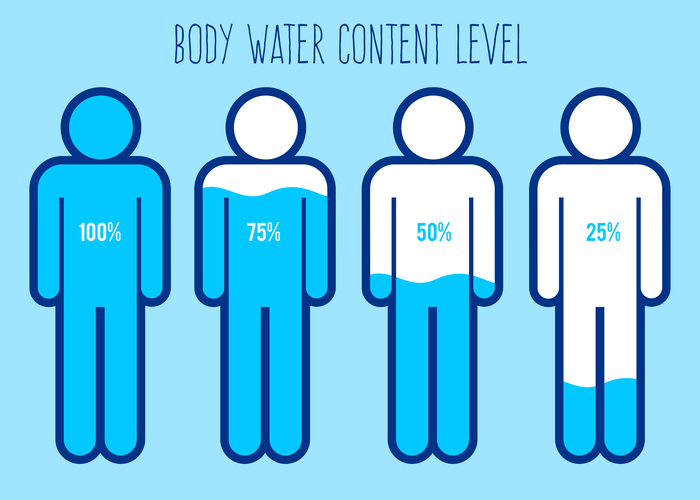Participants were also told that they would receive one of the products at the end of the experiment to compensate for their time and effort. When the participants were asked to evaluate the experiment, the participants who were paid only $1 rated the tedious task as more fun and enjoyable than the participants who were paid $20 to lie. They were then paid either $1 or $20 to tell a waiting participant (a confederate) that the tasks were http://www.sms4love.ru/sms/sms-lyubimomu/zhurchat-lish-ruchi-i-zhizn.html really interesting. Almost all of the participants agreed to walk into the waiting room and persuade the confederate that the boring experiment would be fun. In their laboratory experiment, they used 71 male students as participants to perform a series of dull tasks (such as turning pegs in a peg board for an hour). We benefit, though, from approaching these inconsistencies with curiosity and grace, even when we want to change them.
Radical Acceptance—Part 1: Saying goodbye to the way of life we once knew
- If a woman reads that her favorite politician has done something immoral, she could conclude that the charges have been invented by his enemies—or, instead, rethink her support.
- The theory of cognitive dissonance proposes that people are averse to inconsistencies within their own minds.
- She is an immigrant and identifies as a Chinese and Filipina American woman.
- Anyone can experience this uneasiness when their feelings don’t align with their actions, says Rachelle Scott, M.D., a psychiatrist and medical director of Mental Health at Eden Health in New York.
Cognitive dissonance may help you make positive changes in your life, but it can also be destructive, especially when you look for ways to rationalize and continue harmful behaviors. If you’re experiencing cognitive dissonance, it’s best to ask yourself if the strategies you’re using https://clomidxx.com/the-path-to-finding-better-3/ to cope with it will result in a positive long-term outcome. A person with cognitive dissonance experiences mental conflict and may take steps to try to resolve it. This could include changes in behavior or attempts to ignore information that contradicts a goal or desire.
The theory behind cognitive dissonance
Cognitive dissonance is a normal occurrence that can affect anyone. Though, the severity may vary depending on how tightly the belief is held. Values surrounding racism, sexism and religion can commonly cause tension when you discover new information that opposes how you feel, says Dr. Scott. Cognitive dissonance is a well-researched psychological phenomenon. It occurs in all of us frequently, not just when planning to diet and justifying a doughnut with a delayed diet start. These 17 Positive CBT & Cognitive Therapy Exercises [PDF] include our top-rated, ready-made templates for helping others develop more helpful thoughts and behaviors in response to challenges, while broadening the scope of traditional CBT.

Self-perception theory

While this can feel uncomfortable at first, it’s helpful to reflect on the reasons behind our behavior. This can be a difficult and uncomfortable process and http://psychology.net.ru/comcom/Forums.php?Page=1&ForumID=1&id=29562&order=desc&inc= involves getting additional information. In fact, it is a psychological mechanism that helps us perceive our world (and our place in it) consistently.
What is the difference between cognitive dissonance theory and balance theory?
- They found that people who were extraverted were less likely to feel the negative impact of cognitive dissonance and were also less likely to change their mind.
- Mismatches between your beliefs and actions can lead to feelings of discomfort (and, sometimes, coping choices that have negative impacts), but such feelings can also sometimes lead to change and growth.
- This can prompt people to adopt certain defense mechanisms when they have to confront it.
- The intensity of the discomfort that comes from cognitive dissonance depends somewhat on personality.
“The more aware you are that you are experiencing cognitive dissonance, the more you’re able to understand yourself on a deeper level and explore what values, morals, and beliefs truly matter to you in the short- and long-term,” she says. Many commonly cited examples of cognitive dissonance are of when we justify or rationalize negative choices or mistakes. But sometimes cognitive dissonance can help us establish positive behaviors or changes that our personality or previous habits would otherwise inhibit us from making. People may run into problems with cognitive dissonance because it can be, in its most basic form, a sort of lie to oneself. As with all lies, it depends on the size of the lie and whether it’s more likely to hurt you in some way in the long run. We tell “little white lies” everyday in our social lives (“Oh yes, that’s a great color on you!”) that bring little harm to either side and help smooth over otherwise awkward situations.

Decision Making


